Dark Origins: African Myths and Legends – The Zulus Part 2 #Beadwork #Traditionalstory
Posted: May 25, 2022 Filed under: Dark Origins, Mythology and Legend | Tags: Dark Origins, Myths and Legends, Roberta Eaton Cheadle, South Africa history, South African History, Writing to be Read, Zulu Tribes 44 Comments
Last month for Dark Origins, African Myths and Legends, I shared an introduction to the Zulu people of South Africa, the Great Zulu King Shaka and the legend of the Buffalo Thorn tree. If you missed it, you can read it here: https://writingtoberead.com/2022/04/27/dark-origins-african-myths-and-legends-the-zulus-part-1/
This month, I will be sharing information about Zulu beadwork and the messages contained therein as well as a traditional story.
Zulu beadwork
The Zulu people of South Africa have a rich tradition of beadwork. Originally, bone, small horns, shells and small pieces of polished wood and stone were pierced to make beads that were strung together as necklaces and belts.
When the Zulus started trading with the Europeans at the end of the 18th century, glass and ceramic beads were introduced into their beadwork.
Traditionally, both men and women wore beaded belts called umutsha to which a piece of cloth was attached to cover the pubic area. The belts have conical brass buttons that fasten the belt at both ends.
The colours and designs incorporated into Zulu beadwork hold specific meanings. Red beads, for example, signifies intense and jealous passion or eyes that are red from watching for a loved one to return. Yellow signifies contentment, pink or green for poverty or coolness, white for faithfulness and purity and black to indicate a desire to be married.
The main shape used in traditional Zulu beadwork is the triangle where the three corners represent Father, Mother, and Child. The triangle is also used to indicate gender and marital status, for example, if the tip points upwards it represents an unmarried girl. If the tip points downwards, it means an unmarried boy.
Zulu beadwork is used to make traditional dolls and jewelry as well as beaded ostrich eggs and bead coasters.
In summary, beads are an integral part of African history and culture. The serve as a form of money, indicate wealth, are spiritual talismans and form coded messages for the recipient.
Traditional Zulu music:
The South African pre-battle Haka:
Reading of a traditional Zulu story
My reading of The Chief’s Daughter and the Cannibal, a traditional Zulu story from Myths and Legends of Southern Africa by Penny Miller:
About Roberta Eaton Cheadle
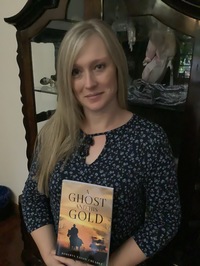
Roberta Eaton Cheadle is a South African writer and poet specialising in historical, paranormal, and horror novels and short stories. She is an avid reader in these genres and her writing has been influenced by famous authors including Bram Stoker, Edgar Allan Poe, Amor Towles, Stephen Crane, Enrich Maria Remarque, George Orwell, Stephen King, and Colleen McCullough.
Roberta has short stories and poems in several anthologies and has 2 published novels, Through the Nethergate, a historical supernatural fantasy, and A Ghost and His Gold, a historical paranormal novel set in South Africa.
Roberta has 9 children’s books published under the name Robbie Cheadle.
Roberta was educated at the University of South Africa where she achieved a Bachelor of Accounting Science in 1996 and a Honours Bachelor of Accounting Science in 1997. She was admitted as a member of The South African Institute of Chartered Accountants in 2000.
Roberta has worked in corporate finance from 2001 until the present date and has written 7 publications relating to investing in Africa. She has won several awards over her 20-year career in the category of Transactional Support Services.
Find Roberta Eaton Cheadle
Blog: https://wordpress.com/view/robertawrites235681907.wordpress.com
Twitter: https://twitter.com/RobertaEaton17
Facebook: https://www.facebook.com/robertawrites
Amazon: https://www.amazon.com/Roberta-Eaton-Cheadle/e/B08RSNJQZ5
_____________________________________________________________________________________________
Want to be sure not to miss any of Robbie’s “Dark Origins” segments? Subscribe to Writing to be Read for e-mail notifications whenever new content is posted or follow WtbR on WordPress. If you found it interesting or entertaining, please share.


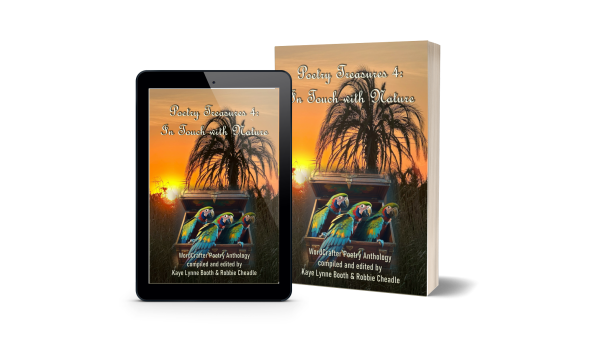
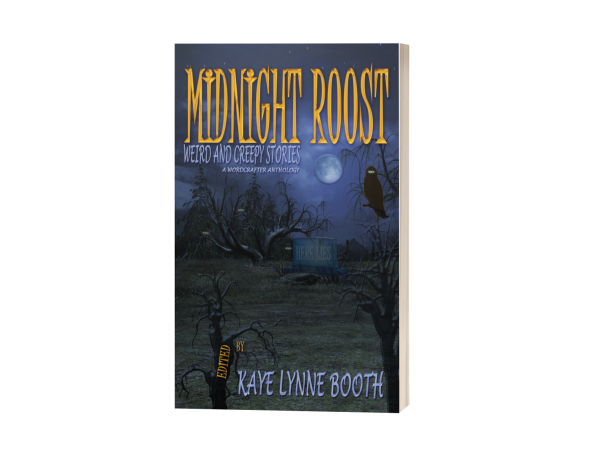



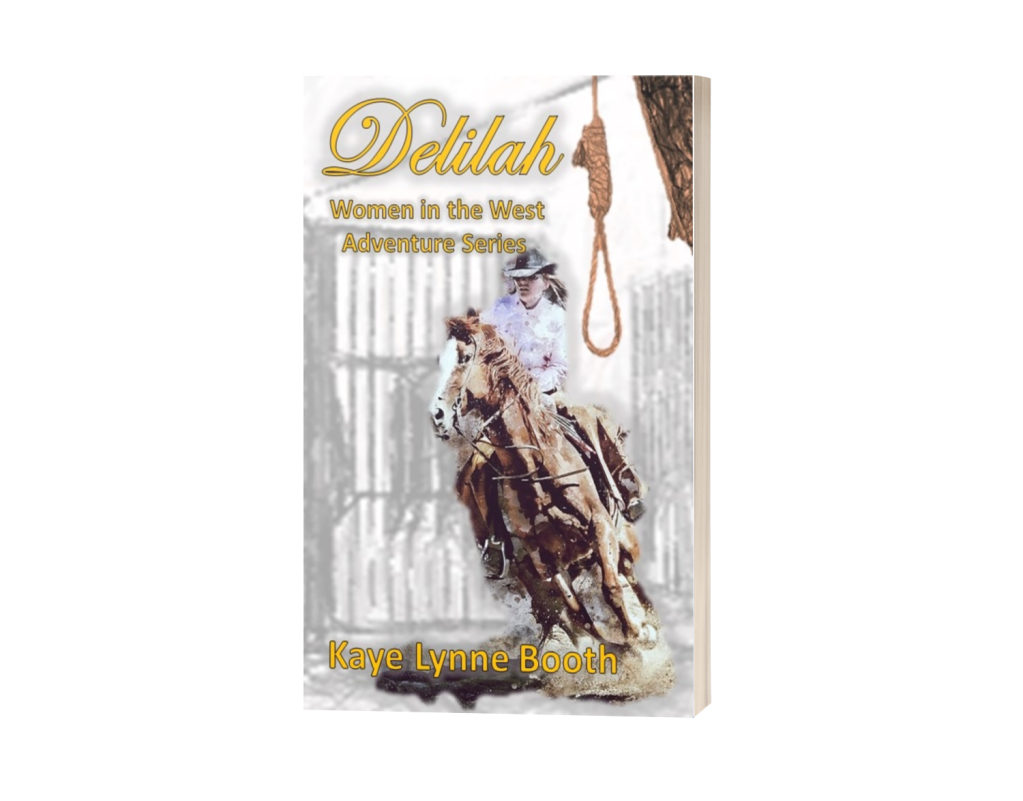
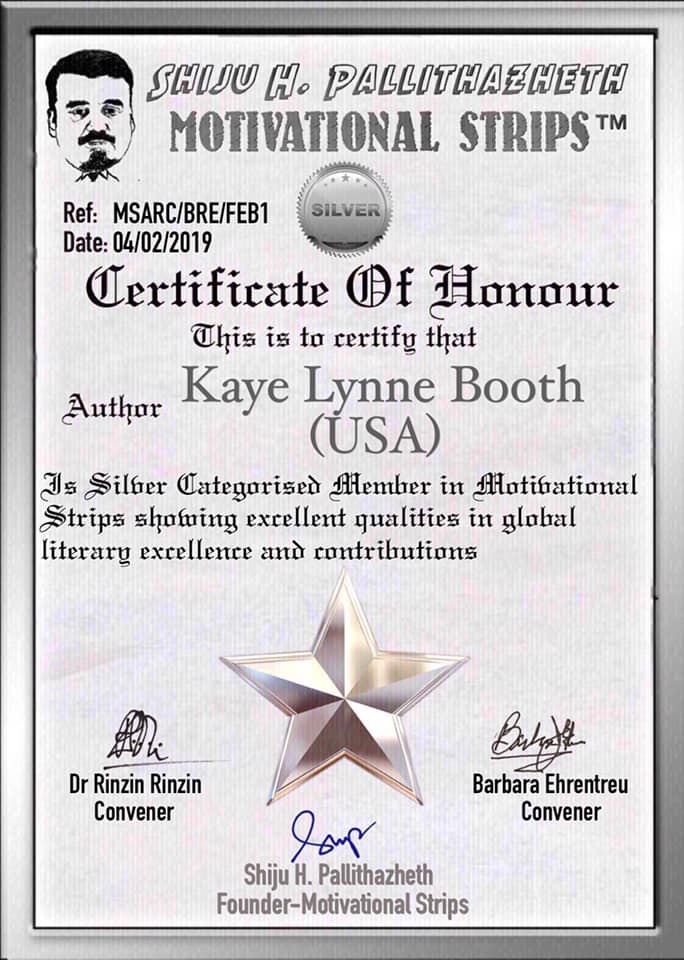
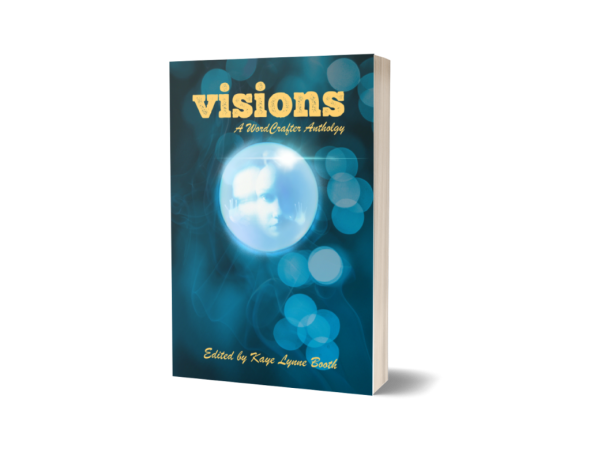


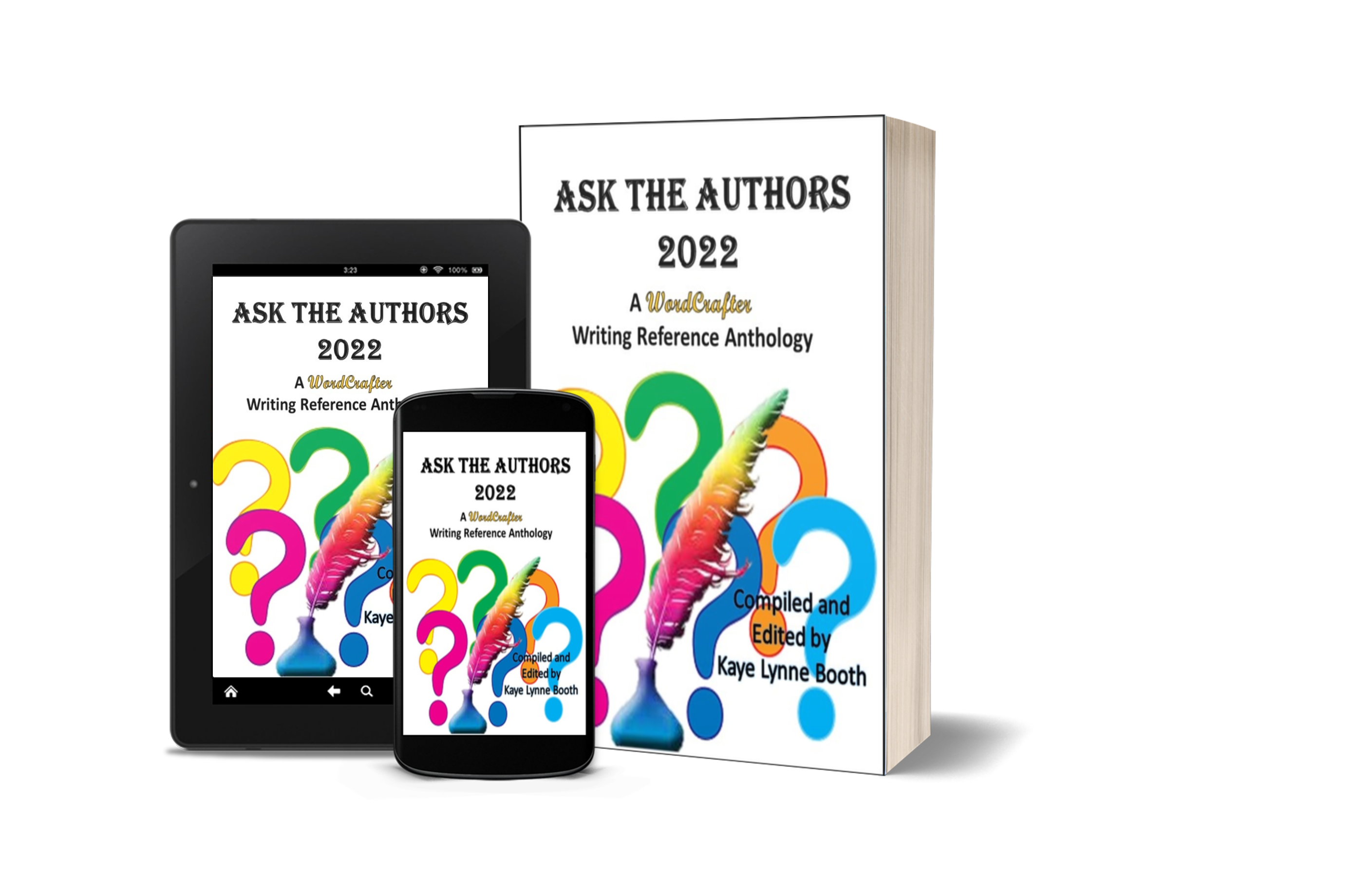
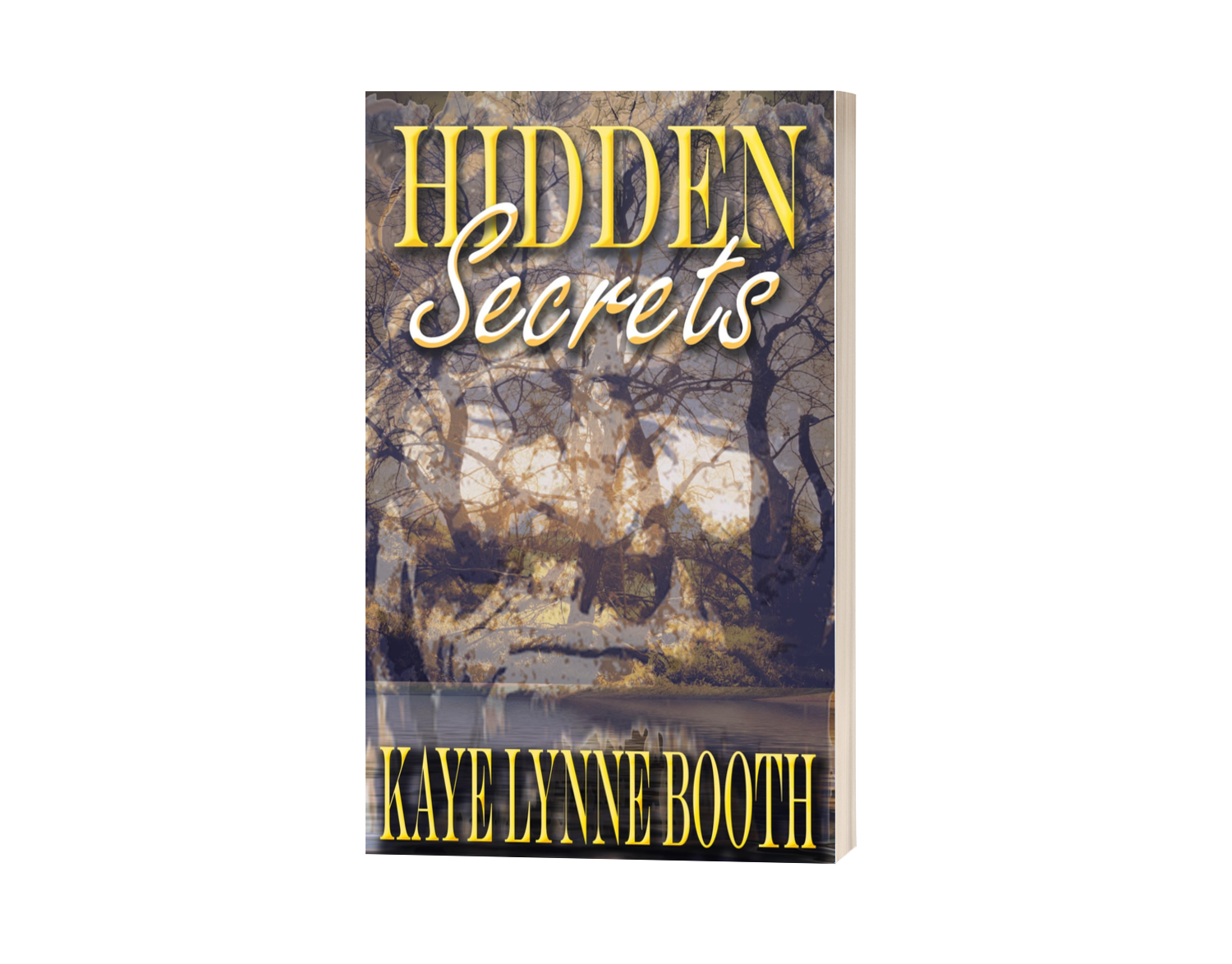

I am thoroughly enjoying these posts about the Zulu. The beadwork is lovely and I am fascinated by the fact that they basically use the beads as a form of communication!
LikeLiked by 3 people
Hi Annette, it is interesting that beaded gifts were effectively messages. I am currently writing a short story about the great Zulu battle at Isandlwana so they are rather in my mind.
LikeLiked by 3 people
That’s so interesting! Thanks for sharing.
LikeLiked by 2 people
I’m glad you enjoyed this post 💖
LikeLiked by 2 people
That was absolutely enjoyable, Robbie. Thank you for sharing.
LikeLiked by 2 people
I am so pleased you enjoyed, Jacqui 💕
LikeLiked by 2 people
Reblogged this on Robbie's inspiration and commented:
This month, my Dark Origins post discusses the meanings behind Zulu beadwork and shares a traditional Zulu story. Thanks for hosting Kaye Lynne Booth.
LikeLiked by 2 people
Fascinating i formation about tbe beadwork. I enjoyed the videos and the story read. Thanks, Robbie 🙂
LikeLiked by 2 people
My pleasure, Denise. I am always pleased to share about the wonderful people of South Africa.
LikeLiked by 1 person
I loved to learn about the Zulu beadwork and the meaning of the colors. They’re beautiful. Thank you for the information, Robbie.
LikeLiked by 2 people
Thank you, Miriam, I am so pleased you enjoyed reading about the Zulu beadwork, it is so pretty.
LikeLiked by 1 person
So intriguing, Robbie. Thank you for sharing all this information about the Zulu. Their beadwork is extraordinary and their singing so beautiful. The whole post is fascinating. 💗
LikeLiked by 2 people
Hi Gwen, thank you. I am so pleased you enjoyed this.
LikeLiked by 1 person
I love this post-Robbie and the fact that the beautiful beadwork is a method of communication…Fascinating 🙂 x
LikeLiked by 2 people
Hi Carol, that is interesting, isn’t it? I have a huge collection of beaded animals made by the local people. I always support their artwork.
LikeLiked by 2 people
Wow, how lovely, Robbie I love authentic crafts x
LikeLiked by 3 people
I greatly enjoyed this fascinating and informative post about Zulu culture. When I listened to the first video, it reminded me immediately of Paul Simon’s Graceland album. I remember at the time, he was criticized for exploiting the indiginous musicians on the album. The folktale you read was a delight–and surprisingly suspenseful!
LikeLiked by 3 people
Hi Liz, the book I read from is stuffed full of amazing tales from many of the different cultures and tribes of southern Africa. The stories are very imaginative and enjoyable.
LikeLiked by 3 people
I hope you’ll share more in due course.
LikeLiked by 4 people
That’s the book we talked about ages ago. Mine’s missing its dust cover, although there’s a golden embossed mantis on the front cover which I find very appealing.
LikeLiked by 2 people
Hi Chris, yes, this is the same book. I do love the stories in there and I am sharing a few here. The Bushman stories I shared came from a book I purchased in Nieu Bethesda from the Bushman Museum and culture centre.
LikeLiked by 2 people
Fascinating, Robbie – Zulu culture and history is enthralling. Toni x
LikeLiked by 2 people
Hi Toni, I enjoy it and find it fascinating. Thanks for visiting.
LikeLiked by 2 people
A lovely post. A song from one of my favourite singers: https://youtu.be/jPOM_3ZkU0Y
LikeLiked by 3 people
HI Derrick, thanks for sharing this link. It is a great song. Another singer I enjoy very much is Margaret Singana.
LikeLiked by 2 people
Interesting! I probably won’t get over there but I love reading about other cultures!
LikeLiked by 1 person
The beadwork is stunning, and I’m glad you gave an explanation of the colors and their meanings. Thanks for sharing this, Robbie!
LikeLiked by 1 person
So interesting to learn more about Zulu culture. I will have to revist the videos. Love also their music.
LikeLiked by 1 person
Very interesting! And the beadwork is stunning! Thanks, Robbie!
LikeLiked by 1 person
I loved the story, Robbie. Glad the cannibal got his just desserts. LOL. I enjoyed the lesson about beadwork. You have become quite an expert on South Africa. I am amazed at the breadth of things you do
LikeLiked by 1 person
I enjoyed learning about the beautiful beadwork and listening to you read, Robbie. Truly fascinating and educational. Thanks for sharing with us…
LikeLiked by 1 person
This is so interesting, Robbie. Beads were also important to the Native Americans here in America. Wonderful post!
LikeLiked by 2 people
Thank you, Jennie. I remember my uncle gave me a Native American doll when I was a little girl and she had a necklace of beads.
LikeLiked by 2 people
I can picture that doll. Best to you, Robbie.
LikeLiked by 2 people
Thanks for this interesting post Robbie. It was informative and I’d have never thought that those differing beads all communicated different messages. 🙂
LikeLiked by 2 people
Hi Debby, it is interesting. I think it is a great way to send messages to a lover or partner.
LikeLiked by 2 people
I love beadwork, Robbie. I didn’t know anything about its meaning, though, but you’ve explained it very well. Many thanks again.
LikeLiked by 2 people
My pleasure, Olga, I’m glad you enjoyed this post.
LikeLiked by 1 person
I always enjoy learning more about the culture and traditions of the native populations of an area. Thanks for this post, Robbie. I always enjoy listening to you read.
LikeLiked by 2 people
HI Dan, thanks for visiting. I am very pleased you enjoyed this post.
LikeLiked by 2 people
I very much enjoy these posts about Zulu customs. I enjoy learning about other cultures. Thanks Robbie and Kaye for hosting.
LikeLiked by 2 people
And thank you for dropping in and joining the discussion, Carla. You are always welcome here. 😊
LikeLiked by 1 person
HI CArla, I am pleased you enjoy these posts. I’m going to be sharing about the Xhosa’s this month.
LikeLiked by 2 people
Good, I look forward to learning about the Xhosa. I know nothing about them.
LikeLiked by 2 people